Nutrition for Health and Health Care 5th Edition by Linda Kelley DeBruyne – Test Bank
Chapter 5 – Protein
True/False
1. The DRI committee that reviewed the safety of amino acid supplements was unable to set Tolerable Upper Intake Levels for safe supplement use.
2. Vegans must carefully combine their plant protein foods in order to obtain the full array of essential amino acids.
3. Research supports the idea that vegetarians may actually be healthier than meat eaters.
Multiple Choice
1. Proteins differ from the other energy nutrients because they contain:
a. glycerol.
b. carbon.
c. fatty acids.
d. nitrogen.
2. Protein is:
a. unique in that it is the only dietary component that contains oxygen.
b. important primarily because it builds strong bones and teeth.
c. made up of 20 different amino acids.
d. made up of branches of amino acids combined with branches of glucose.
3. The basic building blocks of proteins are:
a. monosaccharides.
b. fatty acids.
c. ketones.
d. amino acids.
4. The component that distinguishes one amino acid from another is its:
a. side group.
b. backbone.
c. amino group.
d. acid group.
5. If the shape of a protein is changed, the _____ of the protein is changed.
a. function
b. size
c. electrical charge
d. nutritional value
6. An essential amino acid:
a. is not necessary to the diet.
b. must be supplied by the diet.
c. can be made from glucose in the body.
d. can be made from fat in the body.
7. The term “non-essential,” as it applies to amino acids, means that:
a. the body does not require them.
b. they differ in their capacity to support growth.
c. the liver can produce those the body lacks.
d. they are not used to synthesize tissue.
8. Not all amino acids have to be supplied by food. This is true because:
a. not all necessary amino acids are found in food.
b. hormones furnish the missing amino acids.
c. the liver is able to manufacture some amino acids from others.
d. the liver is able to manufacture some amino acids from fatty acids.
9. How many essential amino acids are required by the adult?
a. 9
b. 16
c. 10
d. 22
10. Essential amino acids:
a. are found mostly in plant foods.
b. cannot be synthesized by the body.
c. cannot be supplied by the diet.
d. are the best source of energy for the body.
11. An example of a conditionally essential amino acid is:
a. valine.
b. leucine.
c. lysine.
d. tyrosine.
12. Which of the following is not one of the essential amino acids?
a. carnitine
b. phenylalanine
c. tryptophan
d. histidine
13. The process of protein breakdown, recovery, and synthesis is called:
a. protein recovery.
b. the protein cycle.
c. protein turnover.
d. protein rotation.
14. When a normal, healthy adult consumes twice as much protein as he requires, his nitrogen output will:
a. equal his nitrogen intake.
b. exceed his nitrogen intake.
c. depend on his genetics.
d. be less than his nitrogen intake.
15. A person is in positive nitrogen balance during:
a. growth.
b. old age.
c. exercise.
d. adulthood.
16. Individuals likely to be in negative nitrogen balance include all of the following except:
a. people who have burns.
b. individuals who are starving.
c. individuals who are pregnant.
d. people with serious injuries.
17. Enzymes:
a. are made up of carbohydrate.
b. are essential to all life processes.
c. are altered by the chemical reactions they facilitate.
d. are essential nutrients.
18. Which of the following statements is false?
a. Enzymes are essential to all life processes.
b. Enzymes are all proteins.
c. Enzymes are involved in synthesis reactions only.
d. Enzymes are all catalysts.
19. One reason why proteins in fluids can help determine the fluids’ distribution in living systems is that proteins are:
a. large.
b. resistant to heat.
c. attracted to water.
d. small.
20. An important buffer in the maintenance of the acid-base balance of the blood is:
a. fatty acids.
b. lactic acid.
c. protein.
d. carbohydrate.
21. One of the reasons why acid-base balance is so important for the body is that:
a. highly acidic conditions cause vital proteins to denature.
b. highly acidic conditions cause the destruction of certain fatty acids.
c. acid-base imbalances contribute to the destruction of hormones.
d. acid-base imbalances compromise growth in children.
22. Resistance to disease is dependent largely on the body’s:
a. carbohydrates.
b. lipids.
c. proteins.
d. vitamins.
e. minerals.
23. Which of the following proteins helps the body maintain its resistance to disease?
a. antibodies
b. collagen
c. hormones
d. hemoglobin
24. An antibody is a type of protein that:
a. regulates pH balance in the body.
b. transports lipids throughout the body.
c. protects the body from viruses, bacteria, and other disease agents.
d. regulates fluid balance in the body.
25. Amino acids are a secondary source of energy. Their primary function is to:
a. build proteins needed by the body.
b. provide essential water-soluble vitamins.
c. produce thyroxin and insulin.
d. supply most of the kcalories in the average U.S. diet.
26. When glucose is unavailable, the functioning of which two parts of the body becomes compromised?
a. lungs and circulatory system
b. kidneys and liver
c. brain and nervous system
d. bones and muscles

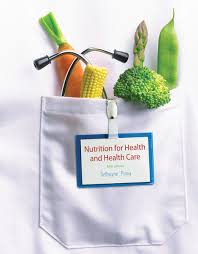




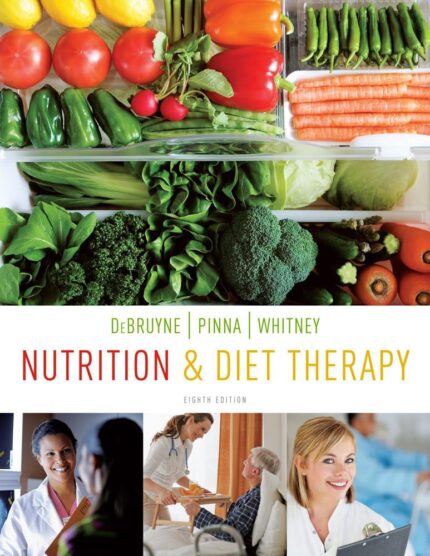
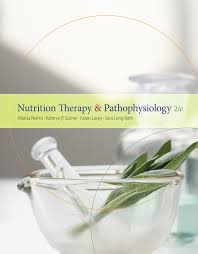
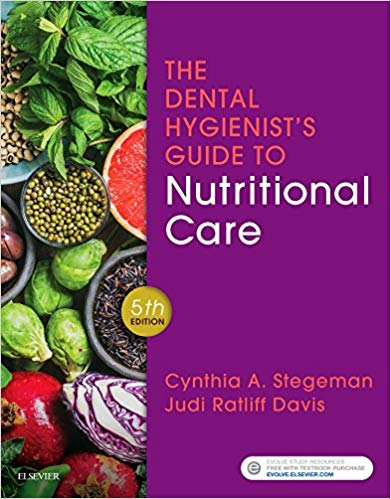
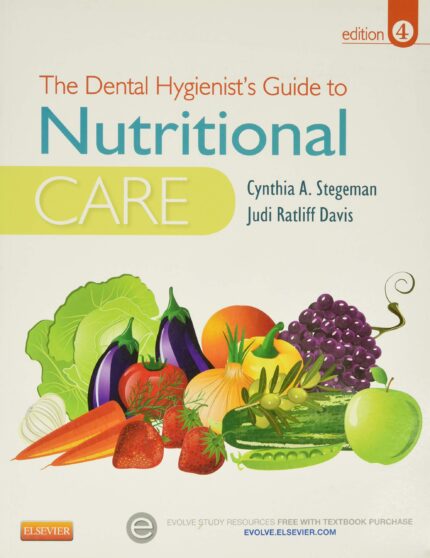

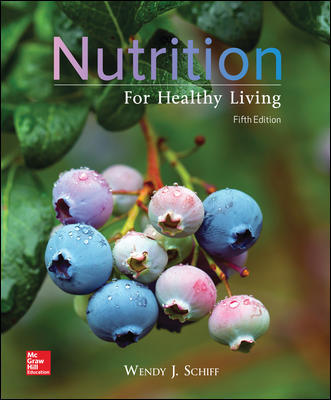
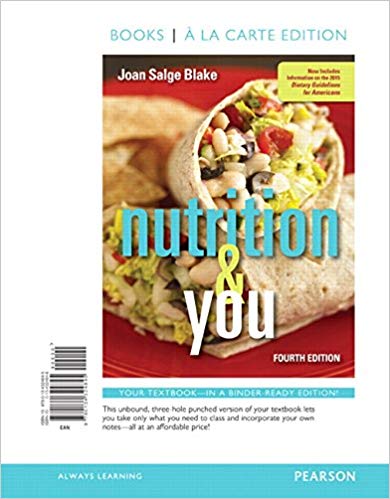
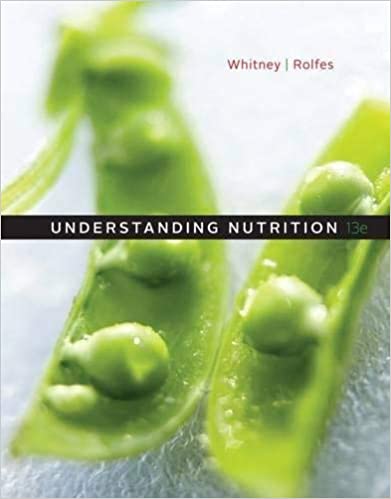
Reviews
There are no reviews yet.